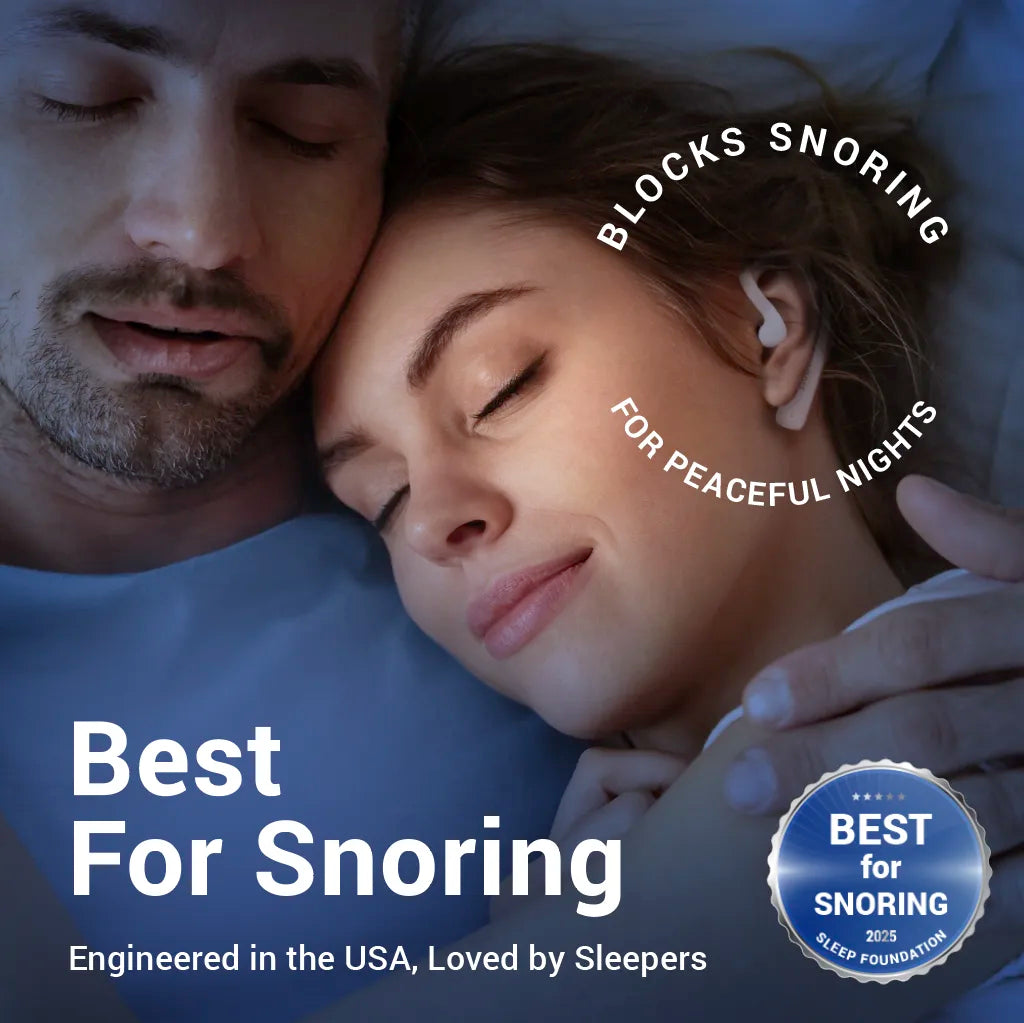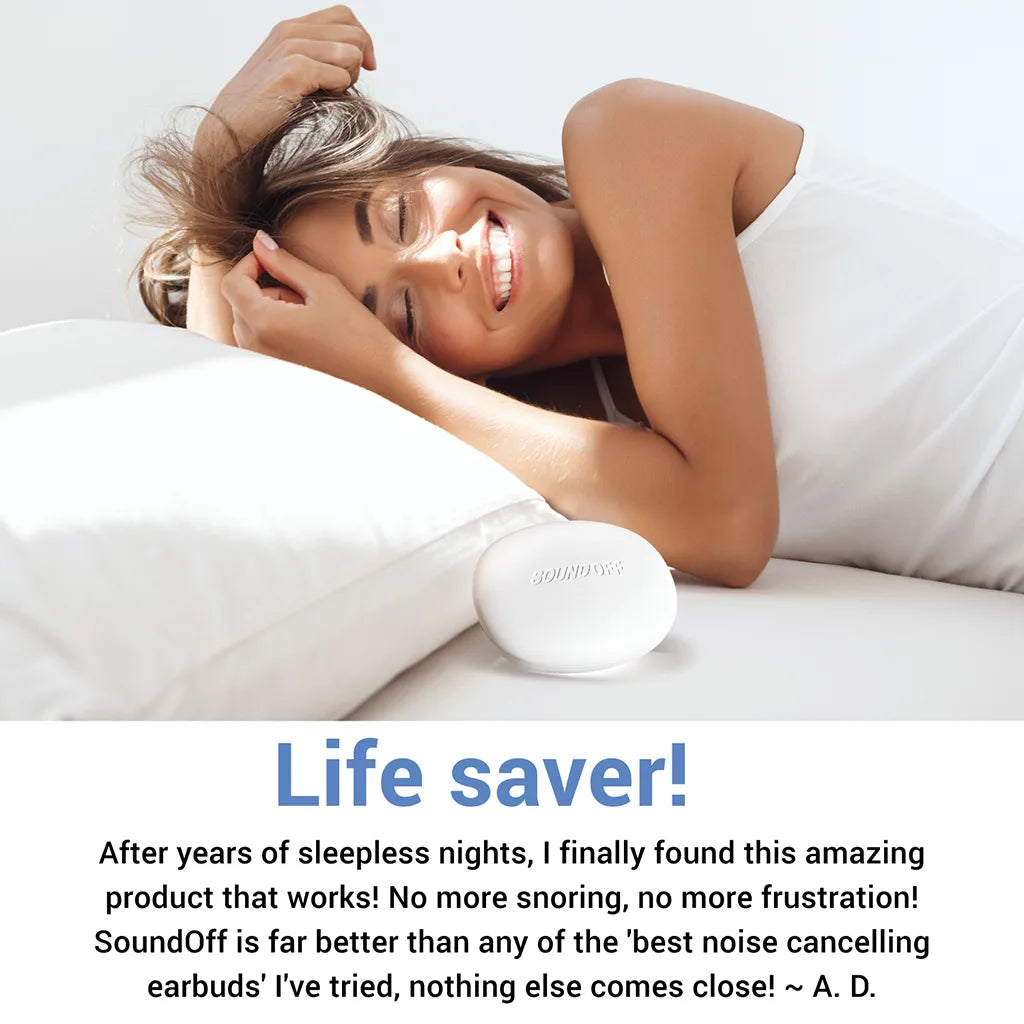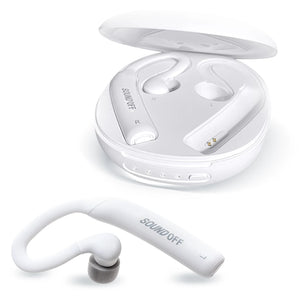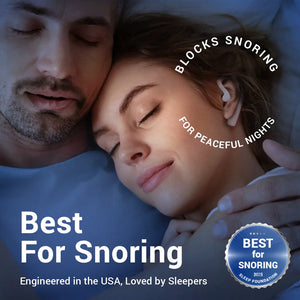Why Pink Noise Is Essential for Blocking Out Travel Noise
Travel is often filled with excitement, discovery, and adventure, but it also comes with its fair share of challenges. One of the most common hurdles travelers face is noise. Whether it’s the constant hum of airplane engines, the chatter of fellow passengers, or the unfamiliar sounds of a new city, noise can significantly impact your travel experience, making it harder to relax, concentrate, or get much-needed sleep.
Enterpink noise—a sound solution that’s rapidly gaining popularity for its ability to mask disruptive noises. While it’s widely recognized for its sleep-enhancing properties, pink noise is also a powerful tool for blocking out the relentless cacophony that often accompanies travel. In this blog, we will delve into why pink noise is essential for travelers seeking a more peaceful journey, and how it can transform noisy environments into tranquil escapes.
What Exactly Is Pink Noise?

Before we examine how pink noise can benefit travelers, it's essential to understand what pink noise is and how it differs from other types of sound masking techniques.
Pink noise is a type of sound that contains all frequencies that the human ear can hear, but with one crucial difference from white noise: it emphasizes lower frequencies. This makes pink noise softer, deeper, and more balanced than the harsher, higher-pitched hiss of white noise. If you’ve ever found comfort in the sound of rainfall, ocean waves, or the rustling of leaves, you’ve experienced pink noise in nature. These natural sounds fall within the spectrum of pink noise and are known for their soothing, calming effects.
This is one of the key reasons why pink noise works so well in masking disruptive sounds. Its gentle nature helps it blend into the background without being too overpowering, while still effectively neutralizing louder, irregular noises.
Why Travel Noise Is a Challenge for Everyone
When you think about the various stages of travel, noise is almost always present. From the minute you step into the airport, train station, or car, you’re bombarded with sound. Consider these common sources of travel noise:
- Traffic sounds: Busy streets, honking cars, and even the rumble of highways can make navigating a new city more stressful than it needs to be.
- Engine noise: Whether you’re on a plane, bus, or train, the steady hum of the engine can make it difficult to relax or sleep during transit.
- Crowd chatter: Airports, train stations, and public spaces are filled with the hum of conversations, announcements, and other people’s activities that can be distracting and overwhelming.
- Hotel disturbances: After a long day of travel, the last thing you want is noise from the street, thin hotel walls, or noisy neighbors disrupting your sleep.
These sounds are often unpredictable, and that unpredictability is what makes them so disruptive. Unlike constant background noise, which your brain can easily adjust to, sudden changes in sound can interrupt your focus, raise your stress levels, and prevent you from getting quality rest. This is where pink noise comes in as an effective solution.
How Pink Noise Masks Disruptive Travel Sounds

Pink noise works by creating a consistent auditory backdrop that masks external noise. By adding a layer of soothing, continuous sound, pink noise reduces the impact of sudden and irregular noises that might otherwise break through the silence. This makes it especially valuable in travel situations where you have limited control over your environment.
Let’s take a closer look at how pink noise helps in various travel scenarios:
1. Drowning Out Engine and Traffic Noise
If you’re a frequent traveler, you’ve likely experienced the constant hum of airplane engines, car traffic, or the rattle of train wheels on tracks. While some people find this white noise soothing, for others it’s a major distraction that can make it difficult to sleep or even relax.
Pink noise works wonders in drowning out these persistent low-frequency sounds by blending with them. Since pink noise shares some of the lower frequencies of engine and traffic noise, it effectively neutralizes their impact. This means that instead of focusing on the repetitive hum of an engine or the inconsistent roar of passing cars, your brain is calmed by the smooth, steady rhythm of pink noise. As a result, it becomes easier to fall asleep, read a book, or simply relax during transit.
2. Masking Crowd Noise in Public Spaces
Airports, bus stations, train stations, and other public spaces are often bustling with activity. The sounds of people talking, luggage wheels rolling, children crying, and announcements blaring over the PA system can create a chaotic environment that’s difficult to escape.
By using pink noise, you can create a bubble of calm amid the hustle and bustle. Pink noise’s balanced frequency profile helps to mask the irregular bursts of noise that come from crowds, making it easier to focus on work, reading, or just relaxing before your departure. Even if you’re trying to nap in an airport lounge or a waiting room, pink noise can be a lifesaver in masking distracting ambient noise.
3. Blocking Hotel Room Disturbances
One of the most frustrating aspects of travel is arriving at your hotel after a long day, only to discover that your room is far from quiet. Whether it’s street noise from below, the sound of guests in neighboring rooms, or hallway activity, hotel noise can severely impact the quality of your sleep.
Pink noise can help mitigate these nighttime disruptions by drowning out both low- and high-frequency noises. It acts as a sound shield, allowing you to fall asleep faster and stay asleep longer by smoothing out the sharp, jarring noises that might otherwise wake you up. Whether it’s the sound of a door slamming, muffled voices from the room next door, or even the hum of a city outside your window, pink noise creates a consistent auditory environment that helps your mind relax.
The Sleep Benefits of Pink Noise for Travelers
The advantages of pink noise go beyond simply masking noise—it also has powerful effects on the quality of your sleep, which is especially important when traveling. Studies have shown that pink noise can help improve sleep quality by stabilizing brainwave activity during deep sleep. This means that pink noise doesn’t just help you fall asleep; it helps you stay in a deeper, more restful sleep for longer periods.

For frequent travelers, this can be a game-changer. Sleep deprivation is a common issue among travelers, particularly those who cross multiple time zones or have erratic schedules. Lack of sleep can lead to fatigue, mood swings, poor concentration, and even a weakened immune system—all of which can make your travel experience less enjoyable. By incorporating pink noise into your sleep routine, you can improve the quality of your sleep regardless of your surroundings.
Why Pink Noise Is Better Than Other Noise Colors for Travel
You may have heard of other types of noise like white noise, brown noise, and even green or violet noise. While each of these has its unique characteristics, pink noise is often considered the best option for travelers for several reasons:
- White Noise: White noise contains all frequencies but gives equal emphasis to high-frequency sounds, resulting in a sharper, more “hissy” sound. While white noise can be effective at masking some noises, many people find it too harsh for sleeping or relaxing.
- Brown Noise: Brown noise is deeper than pink noise and contains even more low-frequency energy. While some people find brown noise soothing, it can be too deep for masking higher-frequency travel sounds like chatter or street noise.
- Pink Noise: Pink noise strikes the perfect balance between high and low frequencies, making it more pleasant and effective at masking a wide range of disruptive noises. Its balanced sound makes it ideal for blocking out the diverse array of travel noises—from engine hum to street sounds—while still being gentle enough to lull you into a restful state.
Conclusion: The Ultimate Travel Companion
Travel doesn’t have to be noisy or stressful. By incorporating pink noise into your travel routine, you can create a more peaceful experience, helping you block out unwanted sounds and focus on what really matters—relaxation, rest, and enjoyment. Whether you’re on a crowded flight or trying to get some sleep in a bustling city, pink noise is an essential tool that will make your travel adventures more serene.
So, next time you’re packing for a trip, don’t forget to add a pink noise solution to your travel kit. It’s the ultimate way to find calm in even the noisiest of places!
References
An article exploring the effects of pink noise on brainwave synchronization and deep sleep stages. Pink noise has been shown to enhance sleep by creating a stable sound environment that reduces the chances of waking up during the night.
Reference: Susanne Diekelmann, et al. "Sound stimulation during sleep: Impacts on sleep and memory." Journal of Theoretical Biology (2016).
Discusses the use of pink noise as an aid for better sleep quality, particularly in environments with background noise. It highlights the difference between white noise and pink noise in masking sounds like city traffic, snoring, and household disturbances.
Reference: "Pink Noise and Sleep: Can Pink Noise Help You Sleep Better?" National Sleep Foundation, 2021.
This study reviews various sound therapies, including pink noise, and their role in improving sleep quality. It discusses the psychological and physiological effects of different noise colors in helping people relax in noisy environments.
Reference: Jonathan B. Sanderson, et al. "Noise and sleep: A review of sound therapy options for improving sleep quality." Sleep Medicine Reviews (2020).
Explores how pink noise can stabilize neural oscillations and its potential role in aiding jet lag recovery by adjusting circadian rhythms. This paper looks at the science behind why pink noise is more beneficial than other types of noise for sleep.
Reference: Zhang, Jing, et al. "Enhancing slow-wave sleep with auditory stimulation: A systematic review and meta-analysis." Frontiers in Neuroscience (2018).
Harvard University’s Health Publishing discusses the role of sound therapy, including pink noise, in improving sleep and reducing stress during travel. It also delves into the physiological response to different frequencies of noise.
Reference: "Can Pink Noise Really Help You Sleep Better?" Harvard Health Publishing, 2020.
This article reviews the cognitive benefits of using pink noise, particularly its ability to mask distractions, promote focus, and create a more peaceful environment in public spaces, making it ideal for travelers.
Reference: Richard J. Davidson. "How Pink Noise Can Help You Focus and Sleep Better." Psychology Today, 2021
An in-depth analysis of the effects of pink noise on both sleep quality and cognitive performance during travel. The study highlights how pink noise helps frequent travelers combat sleep deprivation and noise pollution.
Reference: Manuel Schmidt, et al. "The impact of pink noise on sleep quality and cognitive performance." Sleep Science Journal (2019).



































